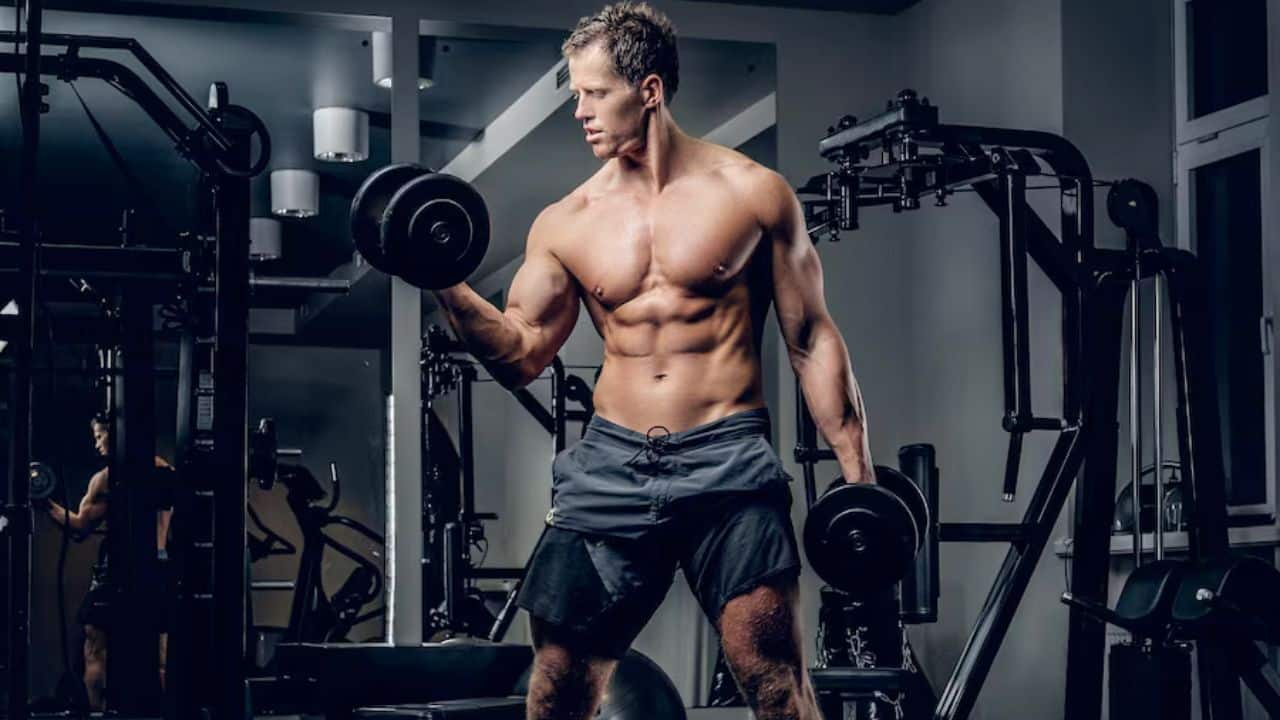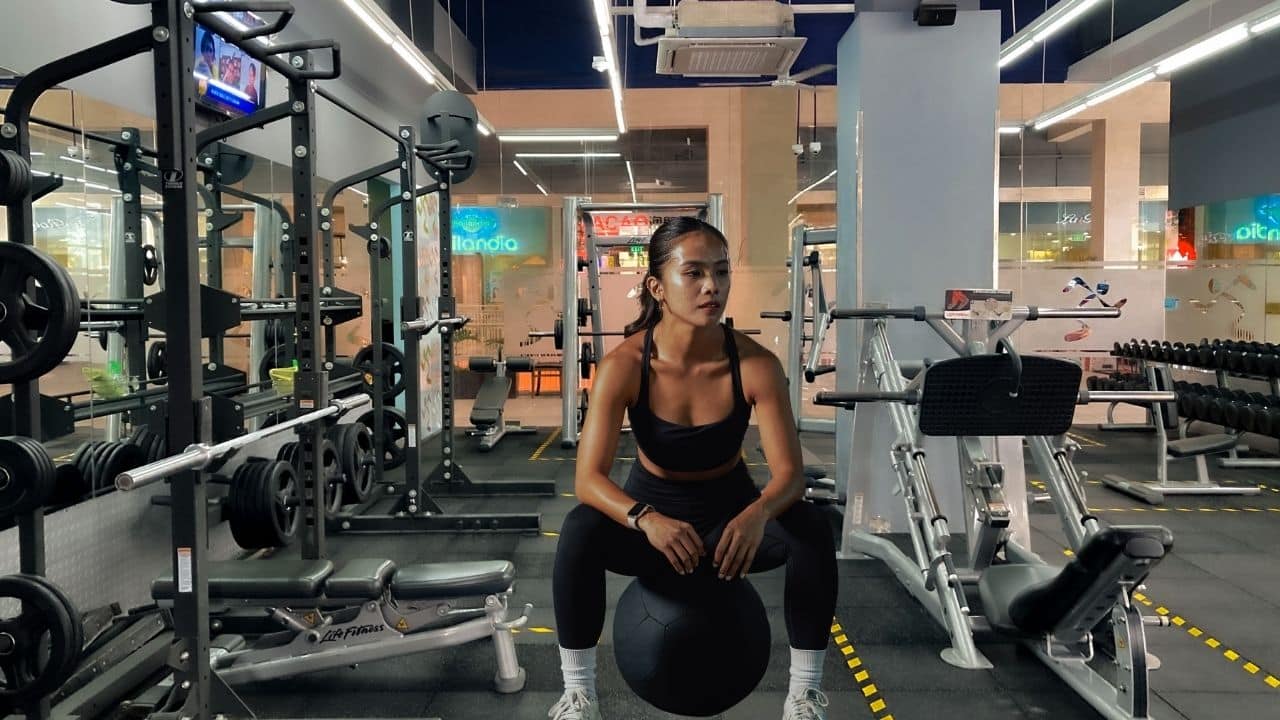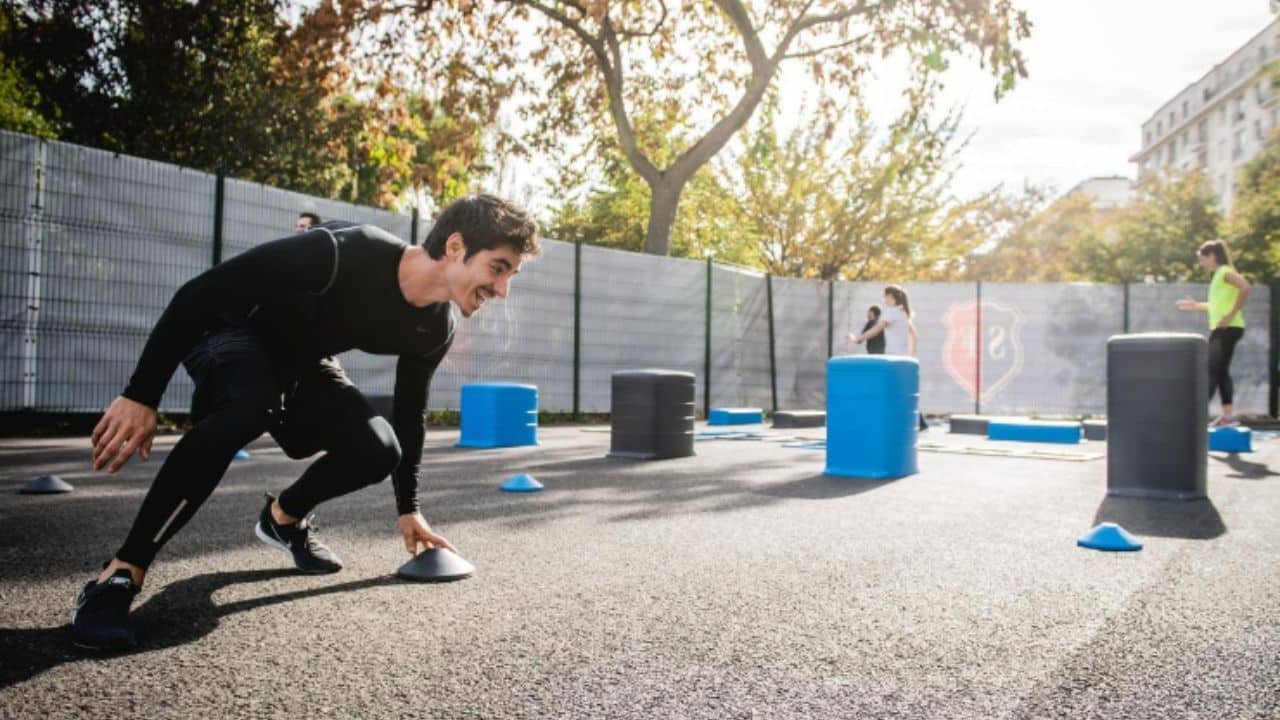Creating a home gym is an excellent investment in your health and well-being. With the convenience of working out at home, you can save time and avoid the crowded atmosphere of public gyms.
However, setting up a home gym requires careful planning to ensure you have the right equipment and that your space is both efficient and energy-conscious. Here’s a guide to help you build a functional home gym while keeping energy use in check.
Choosing the Right Equipment
The first step in building a home gym is selecting the essential gear that will meet your fitness needs. Start by considering the types of workouts you enjoy.
For cardio, you might want to invest in a treadmill, stationary bike, or rowing machine. If strength training is your focus, consider adding free weights, resistance bands, and a multi-functional weight bench.
When thinking about power use, it’s important to plan how your equipment will be powered. For smaller gear like smartwatches and phones, one way to manage this is by using a portable power station. This can be particularly useful if your home gym is set up in a space where electrical outlets are limited.
Energy-Saving Tips for Your Home Gym
Once you have your equipment in place, it’s time to think about how you can make your home gym more energy-efficient.
Start by choosing cardio and strength machines that are known for their low energy consumption. Many modern fitness machines are designed with energy-saving features, such as power-saving modes or self-generating mechanisms that use the energy from your workout to power the machine.
Lighting is another area where you can save energy. Opt for LED lights, which use significantly less electricity than traditional bulbs and have a longer lifespan. If possible, set up your gym in a room with plenty of natural light to reduce the need for artificial lighting during the day.
Maximizing Space and Functionality
When designing your home gym, space management is crucial. If you have a small area to work with, focus on equipment that offers multiple functions. For example, a compact home gym system can provide a full-body workout without taking up much room.
Foldable or stackable equipment can also help you maximize your space and keep your gym organized.
Incorporate storage solutions that keep your workout area clutter-free. This could consist of wall-mounted racks for weights or storage bins for smaller items like jump ropes, and these can help to make your gym feel more spacious and inviting.
A well-organized gym is not only more functional but also enhances your workout experience.
Incorporating Technology
Technology can play a significant role in enhancing your home gym experience. Smart fitness devices, such as wearable fitness trackers, can monitor your progress and help you stay motivated.
Interactive fitness apps and streaming services allow you to join virtual workout classes, giving you the feel of a group workout from the comfort of your home.
Consider investing in a smart thermostat to control the temperature of your gym efficiently. Over time, these devices can learn your preferences and then adjust the temperature automatically, so that your gym stays at the right temperature while minimizing energy waste.
Enjoying Your Home Fitness Journey
Building a home gym is an exciting step toward taking control of your fitness journey.
As you embark on this journey, keep in mind that every small decision contributes to the overall success of your home gym.
Whether it’s choosing a portable power station to manage your energy use or finding the right balance of equipment and technology, these choices will help you build a gym that supports your health and well-being for years to come












































